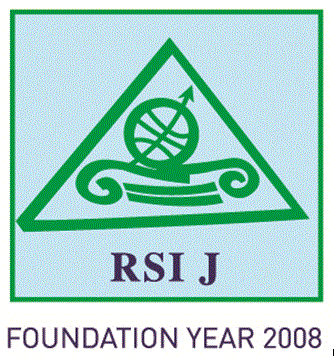Ardita TODRI
Associate Professor, University of Elbasan
ardita.todri@uniel.edu.al
Imelda SEJDINI
Associate Professor, University of Elbasan
imelda.sejdini@uniel.edu.al
Petraq PAPAJORGJI
Professor, Proinfinit Consulting Tirana
petraq@gmail.com
Christos Ap. LADIAS
Professor, Regional Science Inquiry Journal, Greece
Ladias@rsijournal.eu
Abstract
This study investigates the factors affecting demand for voluntary life and non-life insurance in the Western Balkan region, focusing on age and gender preferences. Using the Mind Genomics technology in an online experiment, 2,448 participants from Albania, Bosnia-Herzegovina, Montenegro, North Macedonia, Serbia, and Kosovo provided insights. The research identified four meaningful categories of interest. The most preferred insurance products across all demographics were those for livestock, crops, agricultural tools, machinery, and motor vehicle liability. Additionally, pension plans were noted as promising for retirement income planning. The study suggests that financial institutions should tailor their awareness strategies to these preferences.
Keywords: age, gender, mind genomics, preferential voluntary insurance products, Western Balkan region
JEL classification: C3, G22, G52
pp. 131-142
